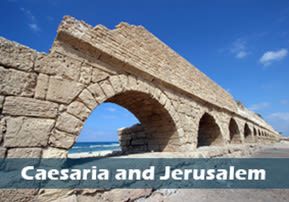
Caesaria and Jerusalem
Two cities with two conflicting concepts: Roman culture prevailed in Caesaria, whereas the Holy Temple and Torah set the tone in Jerusalem. When one rises, the other falls.

Rav Nachman asked Rav Yitzchak: Why does it say, “I will not carry out My wrath; I will not recant and destroy Ephraim, for I am God and not a man; the Holy One is in your midst, and I will not enter a city” (Hoshea 11:9)? Because “the Holy One is in your midst” [God says,] “I will not enter a city?” Rebbi Yochanan answered: The Holy One, Blessed is He, said that He would not enter Jerusalem Above until He could enter Jerusalem Below. (Gemara, tractate Ta’anis 5a)
Rashi explains the question and answers as follows: If God is in your midst, that is, if you improve your actions, will God not come into your city? The answer is, until you allow the Holy One to enter below, that is, into Jerusalem, [He says] “I will not come into the city above.”
However, that is not the main point here. What is relevant to this discussion is that there are two Jerusalem’s, an earthly one and a Heavenly one. We can’t really say that about any other city in the world, no matter how popular, big, or successful they may be. Only Jerusalem has a Heavenly counterpart, which tells you right away about the Jerusalem with which we are most familiar.
Indeed, Ya’akov himself sensed this reality the night that he slept on the Temple Mount – Har HaMoriah – and had his dream of the ladder:
Ya’akov awoke from his sleep and said, “Indeed, God is in this place, and yet I didn’t know it.” And he became frightened and said, “How awesome is this place! It is none other than the House of God, and this is the gate of Heaven.” (Bereishit 28:16-17)
According to the Midrash, Ya’akov’s dream was of the future Jewish exiles (Vayikra Rabbah 29:2), four in total: Babylonian, Median, Greek, and Roman. It was as if all of Jewish history flowed from Heaven to earth at that point, and Ya’akov lay in the midst of that flow.
Indeed, even today:
All of this [rectification] occurs as a result of His holy light, which emanates out from and dwells upon the Western Wall. From there it emanates and dwells upon Israel, and this is the holy Divine Presence . . . (Sha’arei Leshem, p. 87)
The Midrash says that Ya’akov also had a vision of the ramp leading up to the altar in the future Temple (Bereishis Rabbah 68:16). After that, he saw how that Temple would be consumed by fire, and how in seventy years, the construction of the second Temple would begin (Ibid. 69:6). And, knowing that more exiles were still yet to come after the return to Eretz Yisroel, he knew that the second Temple would also be destroyed, and that long, hard exiles would continue until the destined arrival of Mashiach himself.
The Talmud speaks of another historical relationship regarding Yerushalayim. It says:
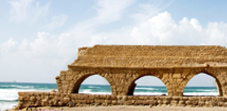 Caesaria and Yerushalayim: If someone tells you that both are destroyed, or both are settled, do not believe him. That Caesaria is destroyed and Yerushalayim is settled, or Yerushalayim is destroyed and Caesaria is settled, believe him. (Megillah 6a)
Caesaria and Yerushalayim: If someone tells you that both are destroyed, or both are settled, do not believe him. That Caesaria is destroyed and Yerushalayim is settled, or Yerushalayim is destroyed and Caesaria is settled, believe him. (Megillah 6a)
From this statement, it seems that the two cities, Caesaria belonging to the Romans, and Yerushalayim belonging to the Jewish people, are polar extremes, radically different. Apparently, the world as it was created does not support the coexistence of such two contrary realities, and this is reminiscent of another pair of extreme opposites:
Eisav said to his father, “Is there only one blessing that you have, my father? Bless me too.” And Eisav raised his voice and wept. Yitzchak his father answered, and said to him, “Your settlements will be in fat places of the earth, and [you will also have] from the dew of heaven above. You shall live by your sword, and serve your brother. Yet it shall be that when you are aggrieved, you may cast off his yoke from upon your neck.” (Bereishit 27:38-40)
The Midrash explains that Yitzchak was telling Eisav that, if Ya’akov’s descendants cast off the yoke of Torah, then his descendants could decree destruction upon them and gain sovereignty over of them. In other words, as long as Ya’akov remained “settled,” that is, devoted to Torah, then Eisav would remain “destroyed.” However, if Ya’akov became “destroyed,” that is, he abandons Torah, then Eisav will become the “settled” one, controlling the world and subjugating his younger brother.
Thus, the status of Yerushalayim is also a measure of the Jewish people’s place in the family of nations, whether they are its king or its servant. Thus, it is Yerushalayim specifically that Gog and Magog wish to control, for its destruction, be it physical, spiritual, or both, means that Caesaria -the world of Eisav – is able to thrive.
However, what does that have to do with B’nei Yishmael, and the Arab interference with the return to Yerushalayim and sovereignty over Har HaBayit?
The Midrash relates how Eisav wanted to murder Ya’akov [after the latter secretly took the blessings meant for his brother. However, he worried that killing him outright would bring him capital punishment from the court of Shaim and Eiver. Therefore, he schemed to involve a third party in the assassination, which he did by marrying Machlas, daughter of Yishmael (Bereishit Rabbah 67:8)
According to the Midrash, Eisav had planned to incite Yishmael against Ya’akov. For, just as Ya’akov had usurped Eisav’s role as the firstborn, Yishmael’s younger brother -Yitzchak Avinu – had also pushed him out of the first position in Avraham’s family. And, though his scheme was never fulfilled, apparently the groundwork was laid for collaboration between the descendants of Eisav and Yishmael to conspire against B’nei Ya’akov.
Thus, the Ya’akov-Eisav relationship is the paradigm, and the Yerushalayim-Caesaria relationship is a function of it. To control Yerushalayim, therefore, is to control Ya’akov, to a large extent, and to hold off the Final Redemption, as the following makes clear:
The following great idea of the [Vilna] Gaon became known: there are only two commandments which a person’s entire body has to enter into in order to fulfill them: the commandment of sukkah, and that of Eretz Israel. This is hinted to in the posuk, “Then His Tabernacle (sukko) was in Shalem, and His Dwelling in Tzion” (Tehillim 76:3). The Gaon adds that the commandment regarding sukkah requires one to construct it for this purpose, that is, to fulfill a positive commandment, and not to use that which previously existed. It is likewise with respect to Tzion, as it states in the Midrash on the posuk, “A redeemer will come to Tzion” (Yeshayahu 59:20). For, as long is Tzion is not yet built, the redeemer will not come. As Chazal have said, only “after Jerusalem is built, will the son of David will come” (Megillah 17b). According to the Midrash, Ben Dovid will not come until Jerusalem is built. (Chapter 1:7)


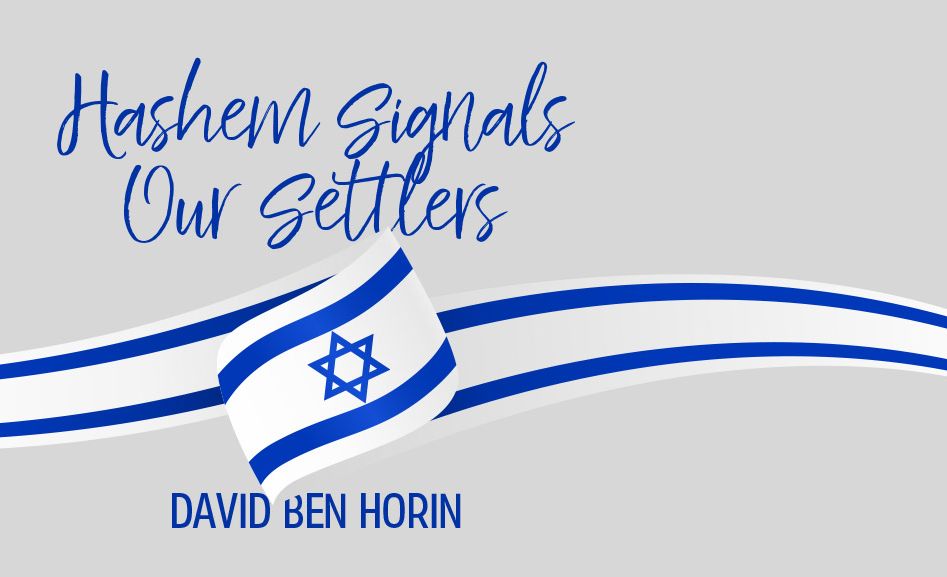




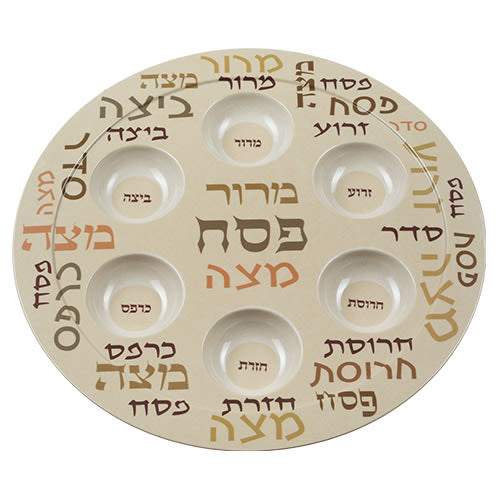

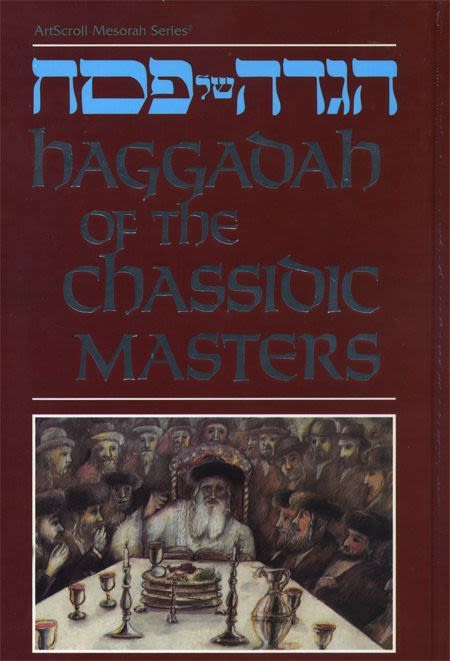
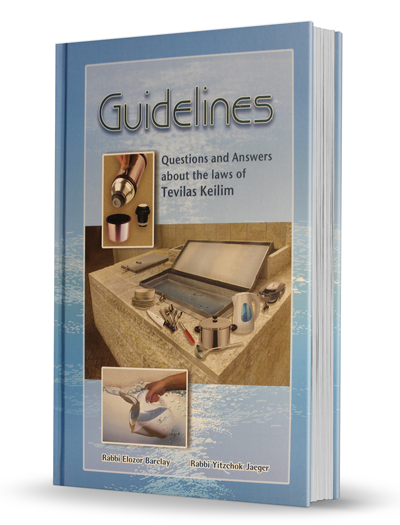
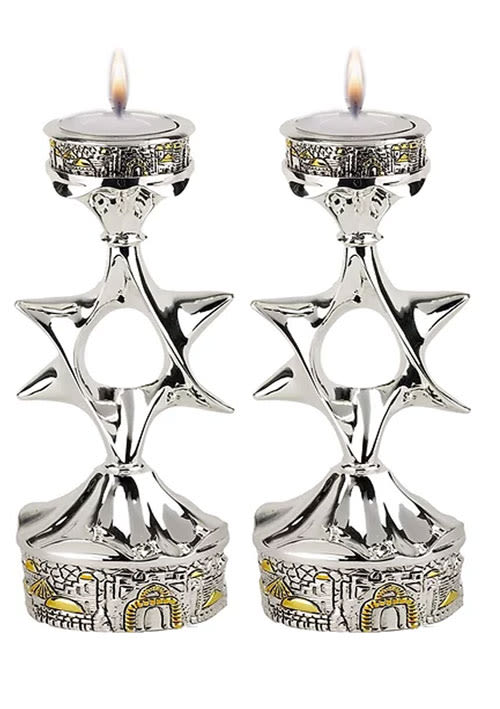
Tell us what you think!
Thank you for your comment!
It will be published after approval by the Editor.